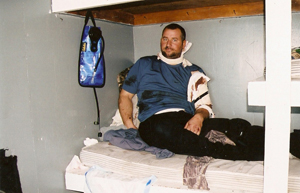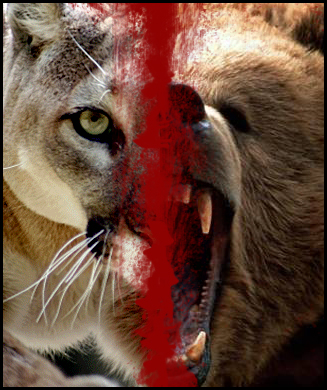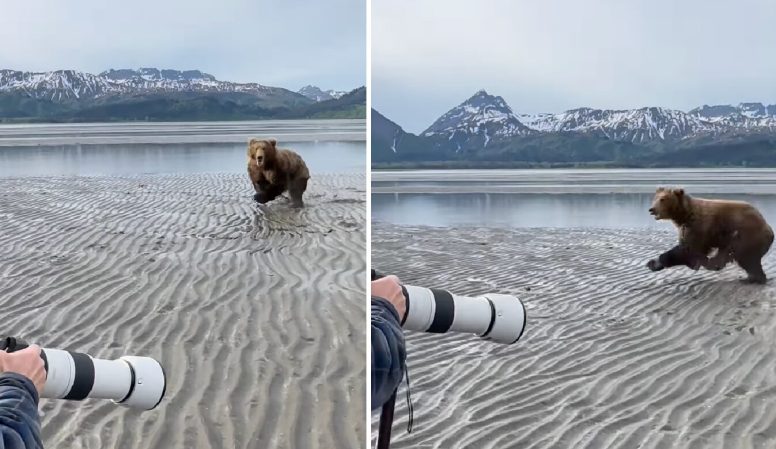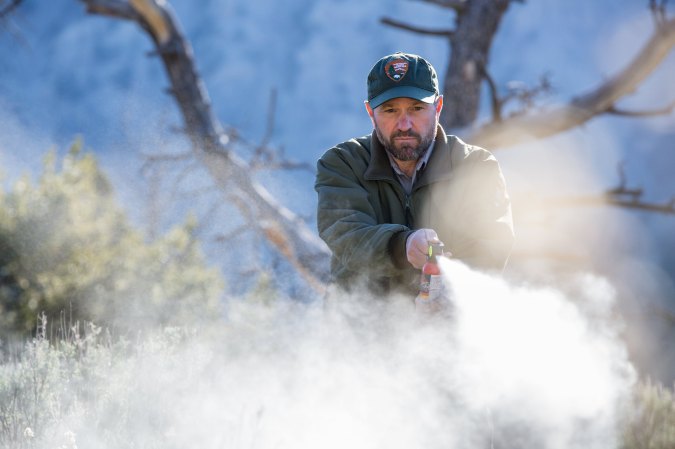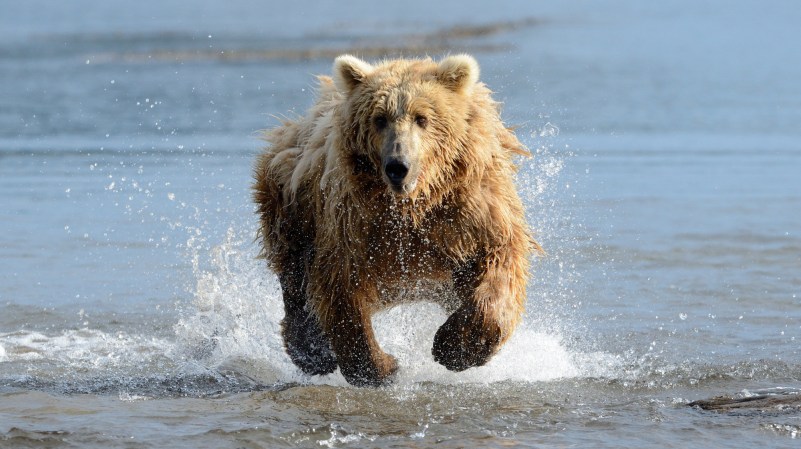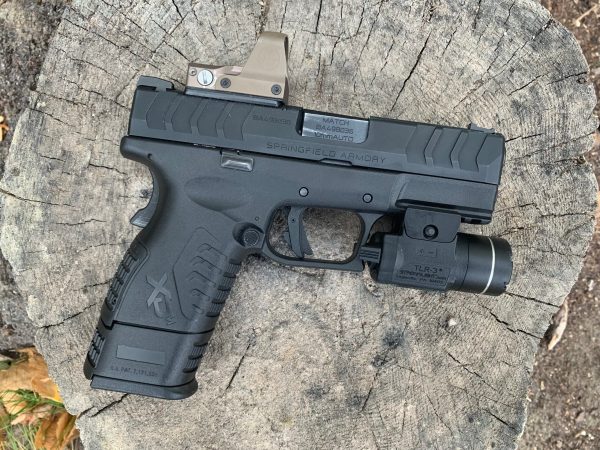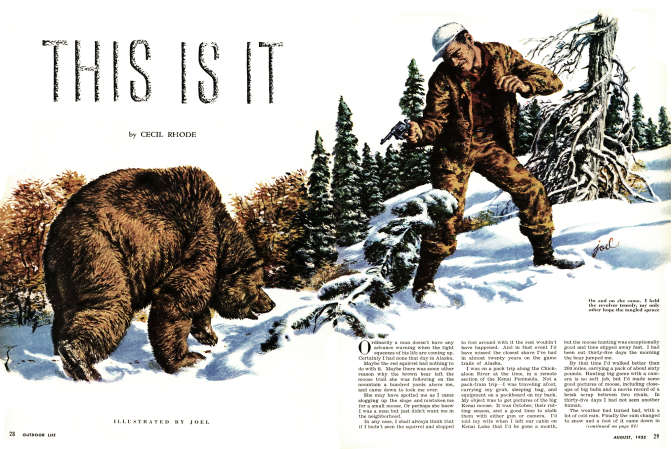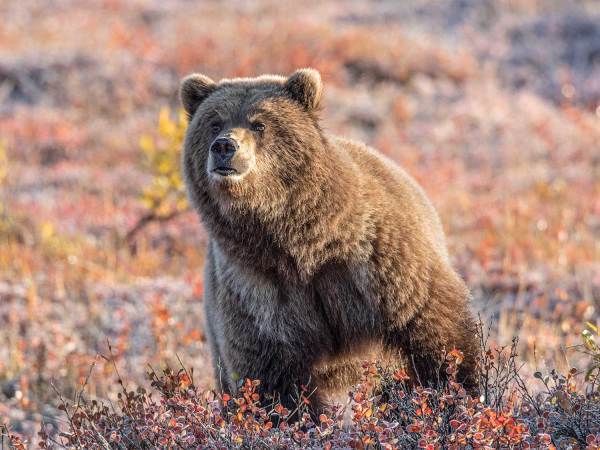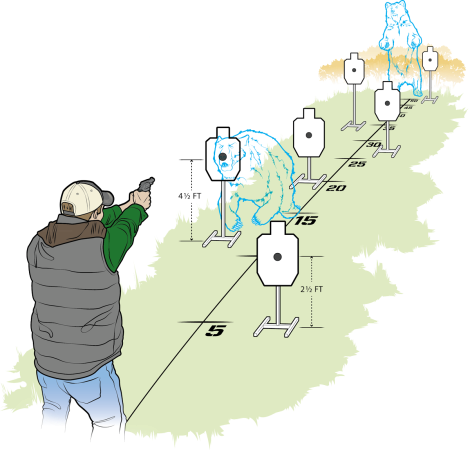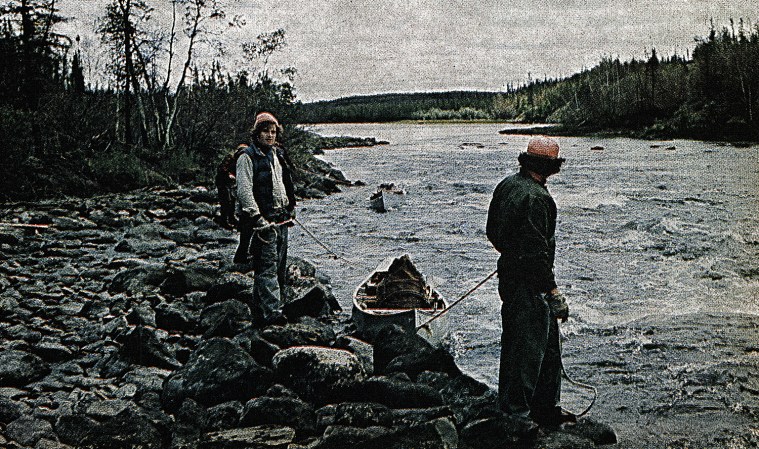Alert readers have likely noticed the spate of stories posted here and elsewhere in recent weeks regarding numerous incidents involving bears, both the black and grizzly variety.
A feature story in today’s Homer (AK) Tribune addresses the need for care and diligence when handling garbage in and around the city due to the healthy population of brown bears there. Outdoor News Hound readers may recall that a home video of a brown bear killing and eating a moose just outside Homer was the buzz of the Internet a couple weeks back.
Anyhow, Homer recently received a $100,000 grant from the U.S. Fish & Wildlife Service to make grizzly-proof garbage containers affordable and available to its residents.
So, who determines whether a commercially produced container is indeed bear resistant?
The answer is Patti Sowka, who manages the Montana Fish, Wildlife and Park’s Wildlife Center in Helena. Ms. Sowka works with the Interagency Grizzly Bear Committee and the West Yellowstone Grizzly and Wolf Discovery Center to develop testing protocols for products to be used on private land in bear country. 
And the key to her testing is simple—she accepts no substitutes.
“Testing with real grizzly bears in a controlled setting ensures that when people pay for a bear-resistant product they get something that is bear resistant,” Sowka said.
The OTTO BearSaver Grizzly Model, a 95-gallon rolling garbage bin being offered to Homer residents, withstood relentless abuse from Sowka’s crack testing staff–eight captive brown bears with six years experience thrashing and clawing garbage cans claimed to be bear proof by their manufacturers.
Packed with “good-tasting stuff,” the baited cans get everything the bears can dish out. Sowka says a container receives her seal of approval if it survives 60 minutes under a hungry bear.
“These are seasoned professionals, so it’s a pretty rigorous test,” she said.


